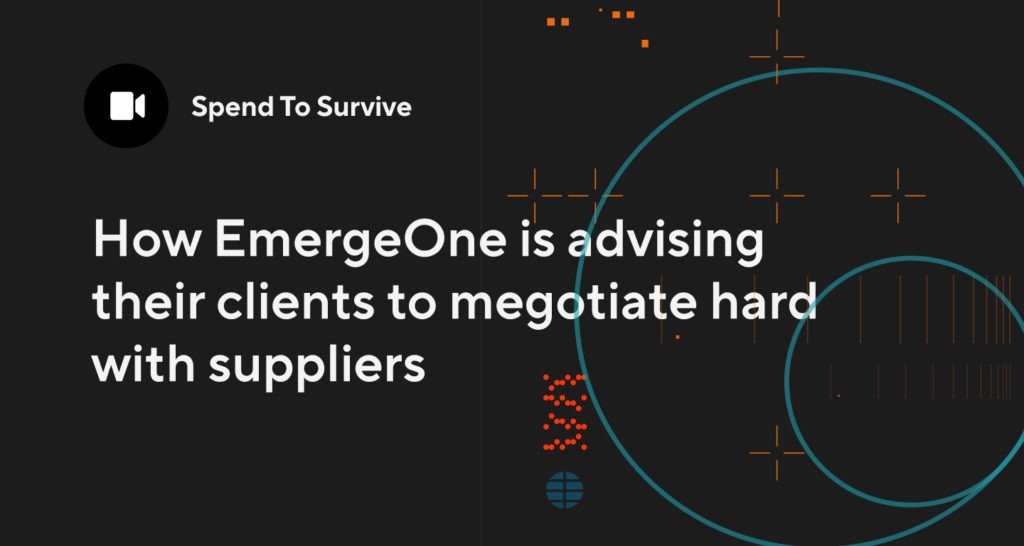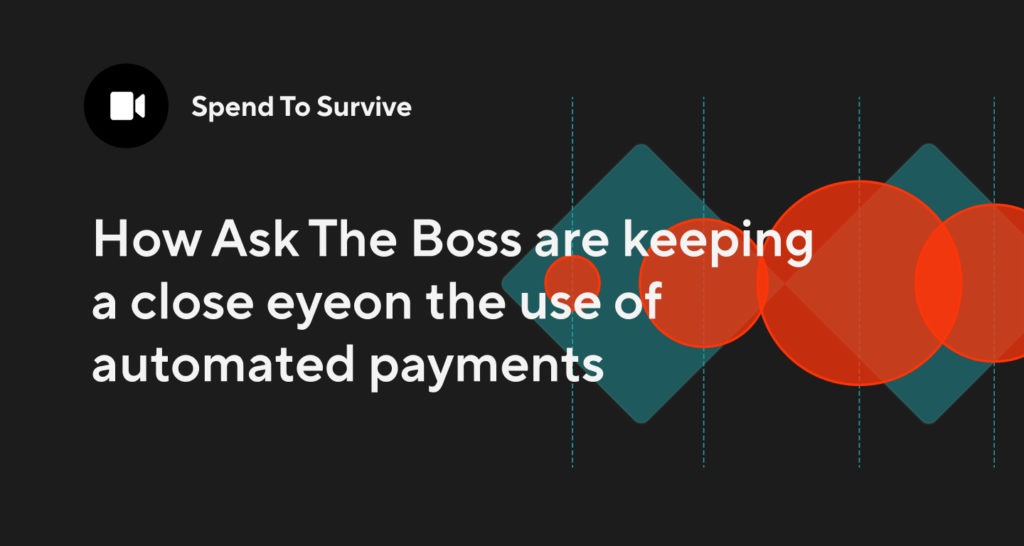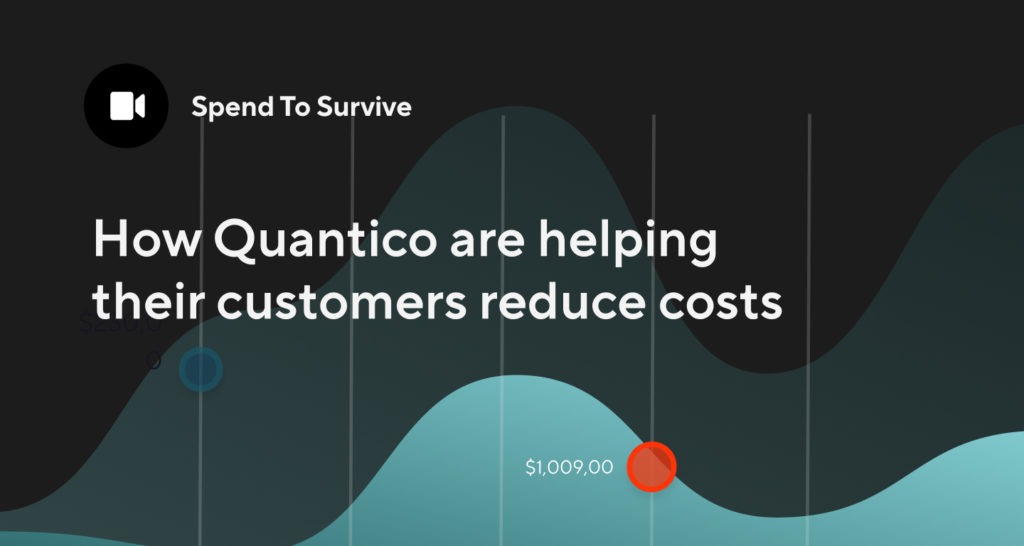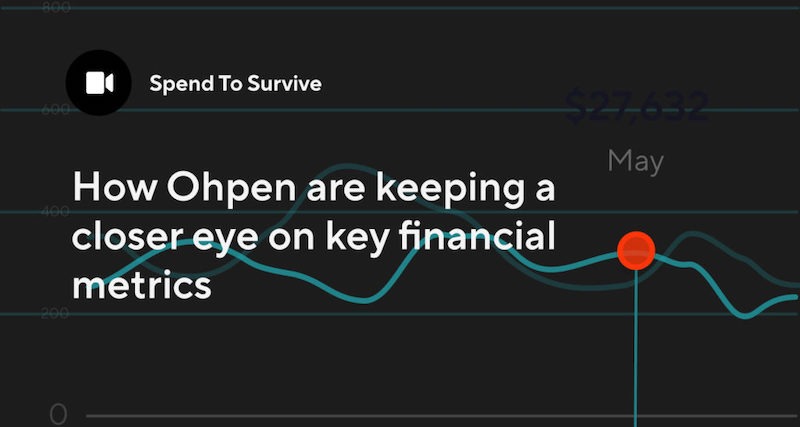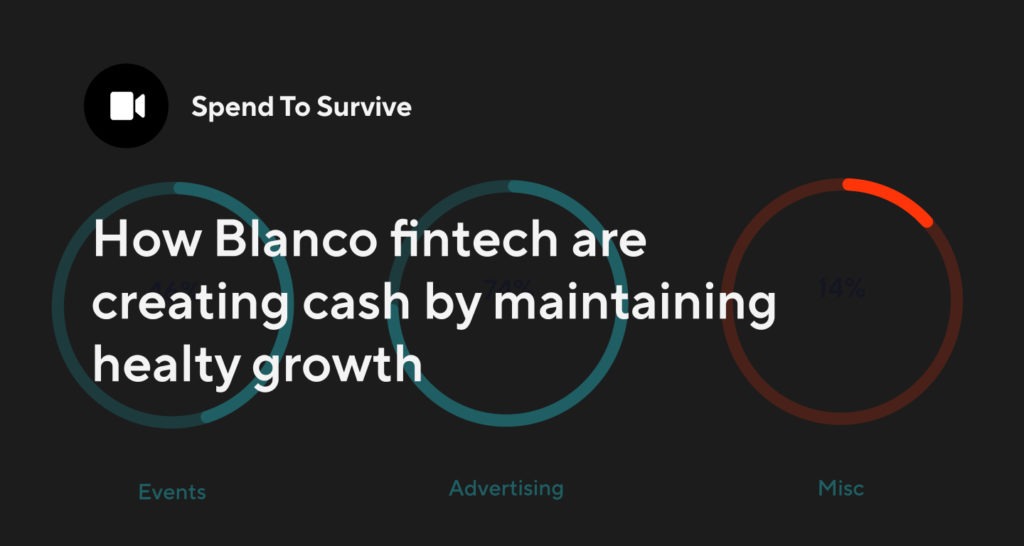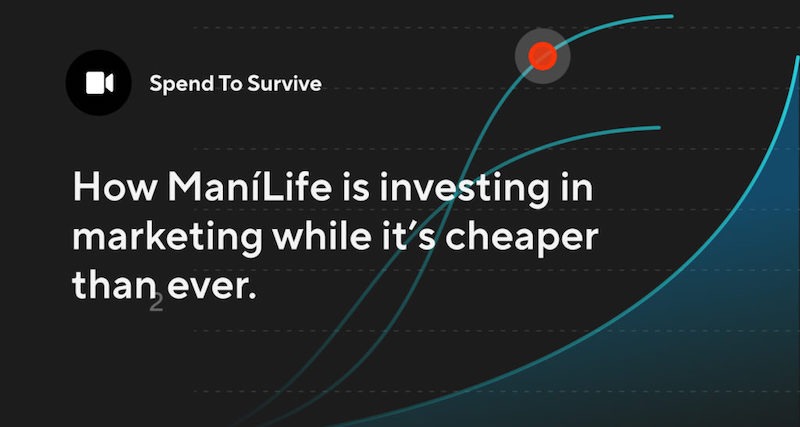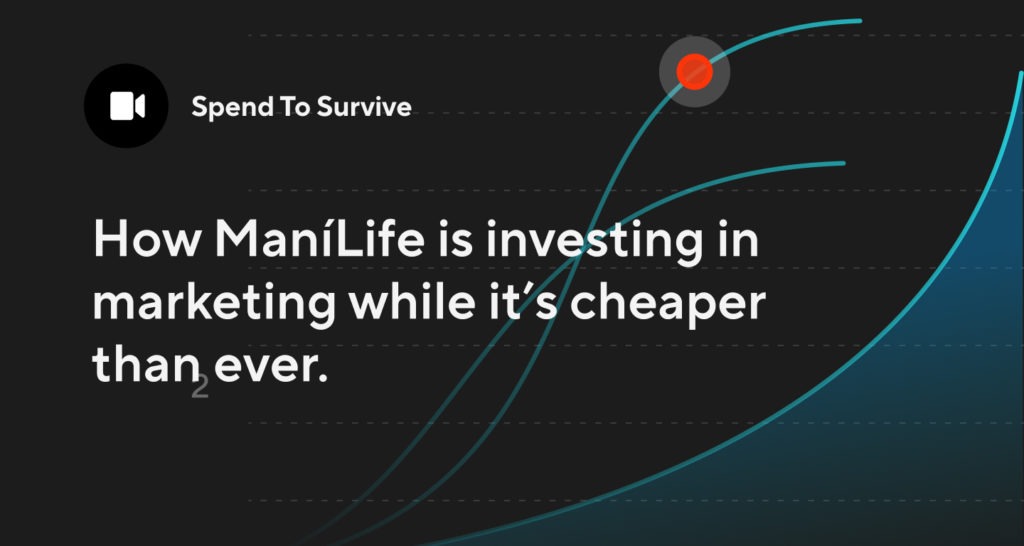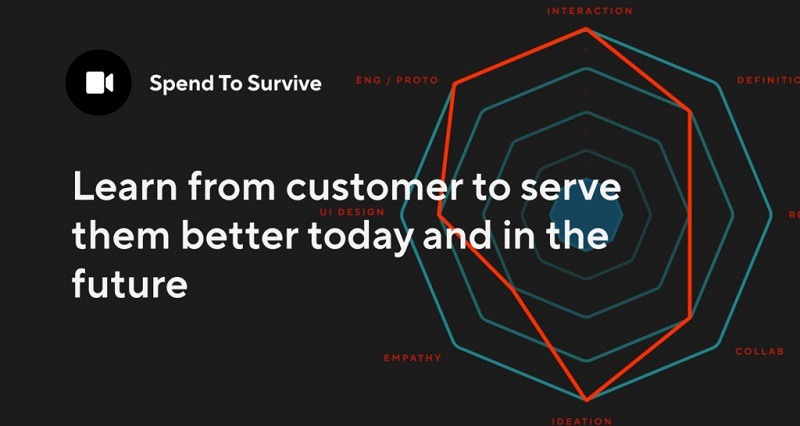How to choose a spend management platform
Choosing the right spend management platform
Whether it’s putting a stop to out-of-control expense claims, or more accurate budgeting and forecasting, a spend management platform can give you greater visibility and control over your finances and help you make better-informed decisions.
But with so many spend management platforms to choose from — all promising to ‘transform your finance function‘ — how do you pick the one that’s right for your organisation?
To help you decide, we’ve put together this in-depth guide on the ins and outs of spend management platforms.
Read on to find out:
- What a spend management platform is
- Why you should invest in one
- The five key questions you should ask yourself before you commit
What is a spend management platform?
Spend management platforms can be no-frills affairs or chock full of bells and whistles. But, at its most basic, every good spend management platform tracks staff spending across your organisation and gathers it in one place.
This has several benefits.
It helps you manage your finances more efficiently and effectively.
It makes it easier to keep track of what individual staff members are using company money for (and to make sure they’re not playing fast and loose with your expense policy).
Most importantly, it takes time-consuming, menial tasks like reconciliation off your finance team’s plates so they can focus on work that actually adds value to the organisation.
Why invest in a spend management platform?
If you’re like most businesses, you probably manage spending using one — or a mix — of the following:
Expense claims
Here, staff pay for business expenses like travel, accomodation, and client entertaining and you reimburse them.
Company credit cards
Depending on how big your organisation is, you could have one shared credit card, or a credit card for each team. At the end of the month, your finance team goes through the card statements and pays off the balances.
Petty cash
A box / tin / [insert favourite receptacle here] of notes and coins your staff can help themselves to when they need to buy small items like office stationery. This is less common now that most of us have gone cashless.
These processes worked great… in 1995. But today, they’re simply not fit for purpose.
To begin with, all three entail huge amounts of time-consuming manual admin.
A company with 450 staff, for instance, spends around 804 hours a year processing expense reimbursement claims.
Similarly, because credit card providers rarely integrate with accounting software, somebody has to go through the statements line by line at the end of each month, input the data by hand, and settle the balances.
And as for petty cash, you’ll need to figure out how to track outgoings, count the money regularly to make sure it adds up, and manually update your accounting software.
More to the point, because these processes involve so much manual labour, it’s easy for issues like expense fraud to fall through the cracks.
Keeping staff accountable is a challenge, especially when several people are sharing a credit card or using the same petty cash box. How can you pull up someone for overspending if you can’t tell who that person actually is?
By contrast, with a good spend management platform, you can find out exactly how much money is being spent, by whom, and on what at any point in time. There’s more visibility and accountability. And it’s easier to spot issues and address them before they spiral out of control.
So how do you decide which spend management platform is right for you?
Here are five questions you should ask before parting with your money.
1. Is the platform regulated?
As Alpha Medical CFO Kelly Battles observes, finance is ‘the department with the most access to data.’
A lot of this data — revenue, expenses, budgets, and forecasts are a case in point — is extremely sensitive. So, before you link your accounting software or systems to a third-party platform, you’ll want to make sure it can be trusted.
Reputable spend management platforms are regulated, which means they have to follow strict standards, processes, and procedures.
In the UK, finding out if a spend management platform is regulated is as simple as keying the vendor’s name into the Financial Conduct Authority’s register.
The search will show you basic information like the firm’s registered address and the key people responsible for managing it. More importantly, you can find out what kind of licence the platform has, what this allows it to do, and whether it has ever been fined for breaking the rules.
If you’re considering a spend management platform that can handle money, for example because it has features like digital wallets or prepaid cards, you should also find out how it keeps that money safe. The licence will set out the platform’s obligations and what it can and can’t do with your money.
For peace of mind, it may be worth going with a platform that has to keep your money in a ring-fenced account. That way, nobody can touch it, and you’ll be able to get it back if the platform runs into financial difficulties or goes bust.
2. How easy is it to get up and running?
It’s an often repeated statistic that 80% of technology implementation projects fail or fall short.
In part, this is down to strategic mistakes like not having clear goals at the outset, and involving the people who will be using the technology every day — your finance team and other staff members — too late in the decision-making process.
But, the other, equally crucial piece of the puzzle is the platform’s user-friendliness.
One of the main reasons to invest in a spend management platform is to make your life — and your staff’s lives — easier. So you need to make sure you’re not replacing one set of challenges with another.
There are two critical issues you’ll want to consider.
First, how quickly can you get started?
Learning a new way of doing things is an adjustment, even when you’re switching from admin-heavy processes to a more straightforward workflow.
But that doesn’t mean you should spend months customising the software and training staff. The system should work out of the box and be intuitive enough that most of your staff can get to grips with the basics fairly quickly.
Second, does the platform integrate with your accounting software and other systems?
You should at least be able to export your data as .csv or another format most accounting platforms will accept. Otherwise, a team member will have to do it by hand, and you’ll be back to square one.
But the best spend management platforms can communicate with your accounting software and enable it to import spending data automatically, so you can bypass this step.
These days, most software also has an API (application program interface), so you can create your own custom integrations and access to more complete and accurate data.
This, believes Melio’s VP of Finance Lena Loiberg, is hugely valuable:
‘The more you can use technology to integrate different tools so that information is at your fingertips in real time, the more you can free up bandwidth to think strategically about the business and put your efforts towards initiatives that help the company grow.’
3. Can the platform grow with you?
Speaking of growth, while you might not have offices in major cities on every continent just yet, it’s worth considering whether your spend management platform would be able to handle it.
Changing how you do things is hard at any time, but it gets harder (and more expensive) the more you grow. Knowing your software can keep up with your expanding needs means you have one less thing to worry about.
Is there a limit to how many staff members you’d be able to add to the platform, or how many transactions it can handle? Can you upgrade to a more feature-rich plan? And how would this affect the overall cost?
It’s also worth checking whether your chosen spend management platform owns its own infrastructure.
This might not seem like a deal-breaker. But platforms that don’t have to rely on third parties are more flexible, more responsive, and can innovate more quickly, because they’re not constrained by limitations outside of their control.
4. Is the platform remote-ready?
In 2022, it really shouldn’t have to be said. But with 42% of UK employees working mostly from home — and 84% planning to work from home at least some of the time — being able to access your spend management platform from anywhere is fundamental.
Any software worth the money you pay for it should have a cloud-based dashboard. This will allow your finance team to log on and view transaction data, set budgets, and manage company-wide spending whether they’re in the office, at home… or on a beach in Bermuda.
But remote features are also important for another reason: they make life easier for non-finance staff too.
If Joan from HR is at a conference in Basingstoke, having an app she can download on her phone will enable her to upload receipts instantly, keep track of her balance so she doesn’t overspend, and even freeze her prepaid card if she misplaces it (and replace it with a virtual card).
As Enable CFO Nick Rose observes ‘…to make technology stick, you need to bring people with you.’ And the easier it is for people to use technology, the more enthusiastic they’ll be about using it.
Needless to say, if your staff are going to be accessing the platform remotely, you’ll also need to make sure its security credentials are up to scratch.
The Financial Conduct Authority has guidelines on the cloud that regulated firms must follow. The best spend management platforms are also regularly audited to make sure there are no security vulnerabilities that could put your data at risk.
5. How much control do you have?
At a minimum your spend management platform should make it easy to automate repetitive tasks like recording, categorising, and reconciling transactions. It should also enable you to cut down on paperwork, for example by making it possible for staff to submit receipts online
These are the most labour-intensive expense management tasks, and the single biggest reason why expense management is such a pain for many companies.
That said, the more control the platform lets you have over expenses, the better.
By issuing staff with prepaid cards linked to a central dashboard, for instance, you can keep track of how much specific individuals are spending in real time.
Similarly, spending rules and limits make it easier to ensure staff don’t overspend or buy goods and services you don’t cover under your expense policy.
If Henry from sales tries to slip a bag of cat litter through the net — or spends £400 at the pub when your limit is £100 — his payments will be automatically rejected. There’s no need for your finance team to double-check every transaction to make sure it’s above board.
But automation isn’t just about controlling how staff use your money, it’s also about having the visibility you need to do your job properly.
As SoundHound CFO Nitesh Sharan notes, CFOs — and finance teams more generally — are increasingly being asked to take on a strategic role as key advisors to the organisations’ decision-makers.
And automation, continues Enable CFO Nick Rose, ‘[drives] better advice from the finance team… you can get more insight, more depth, and more credibility.‘
Wrapping up
In an episode of our podcast, The CFO Playbook, Gousto’s Jim Buckley observed that:
‘…you could spend your whole life responding to emails or phone calls about a particular product… You have to be deliberate when determining which tools and systems to invest in…’
Following these five tips should make your deliberations easier.
Pick a trustworthy, easy-to-use platform that can grow with you and enables you to put effective controls in place, and you’ll be well on your way to spend management success.
Find out how Soldo can help you take control of spend management across your organisation.








